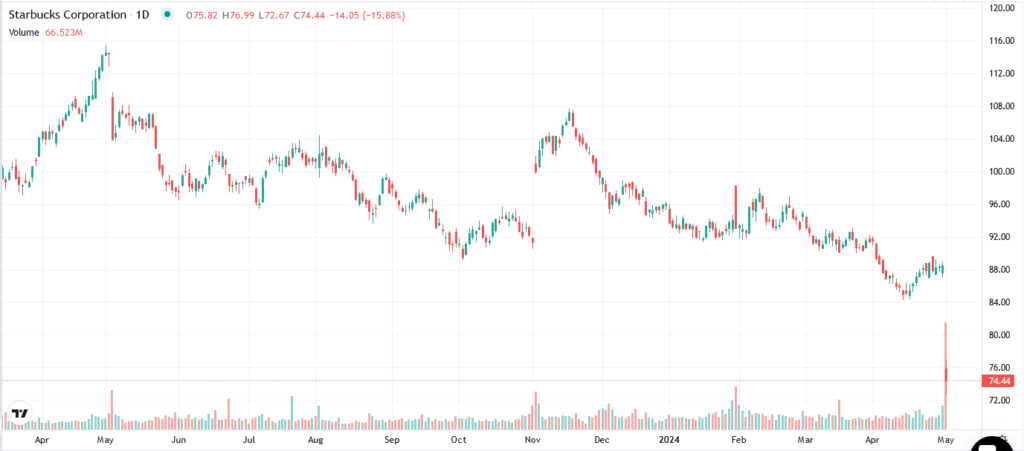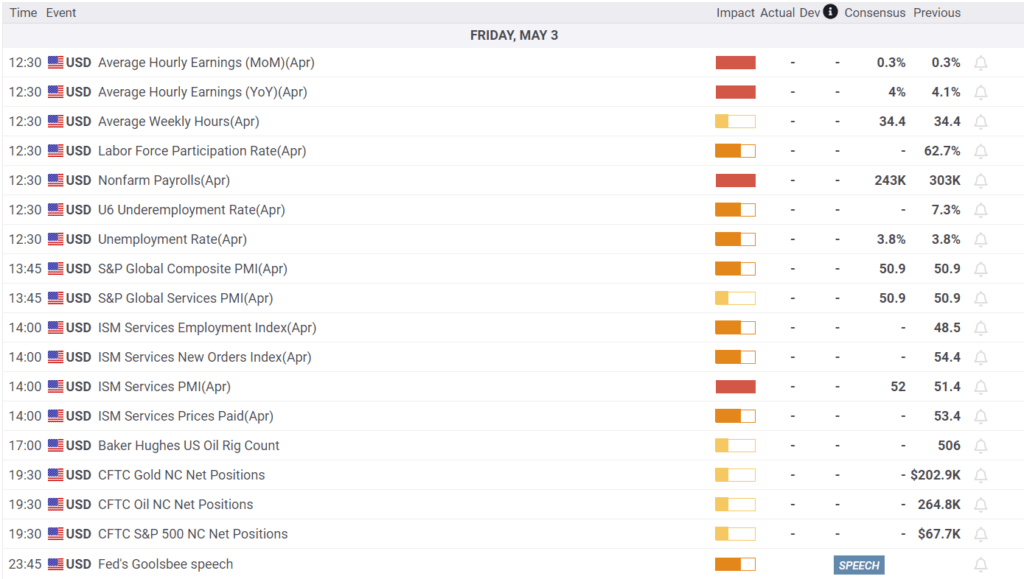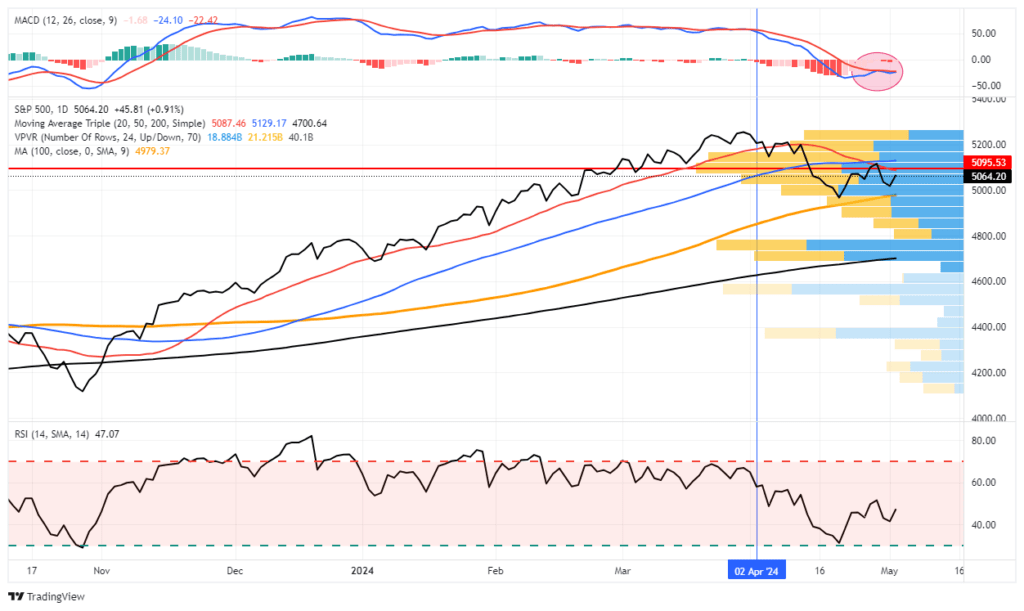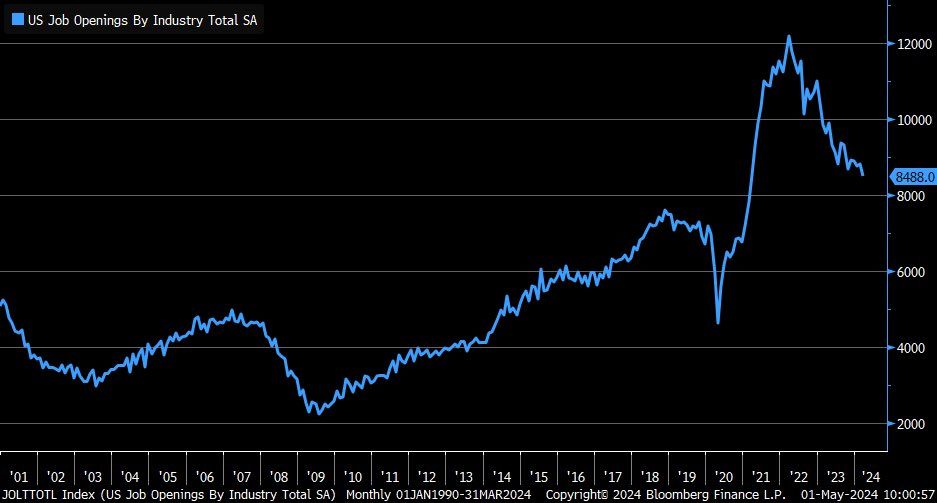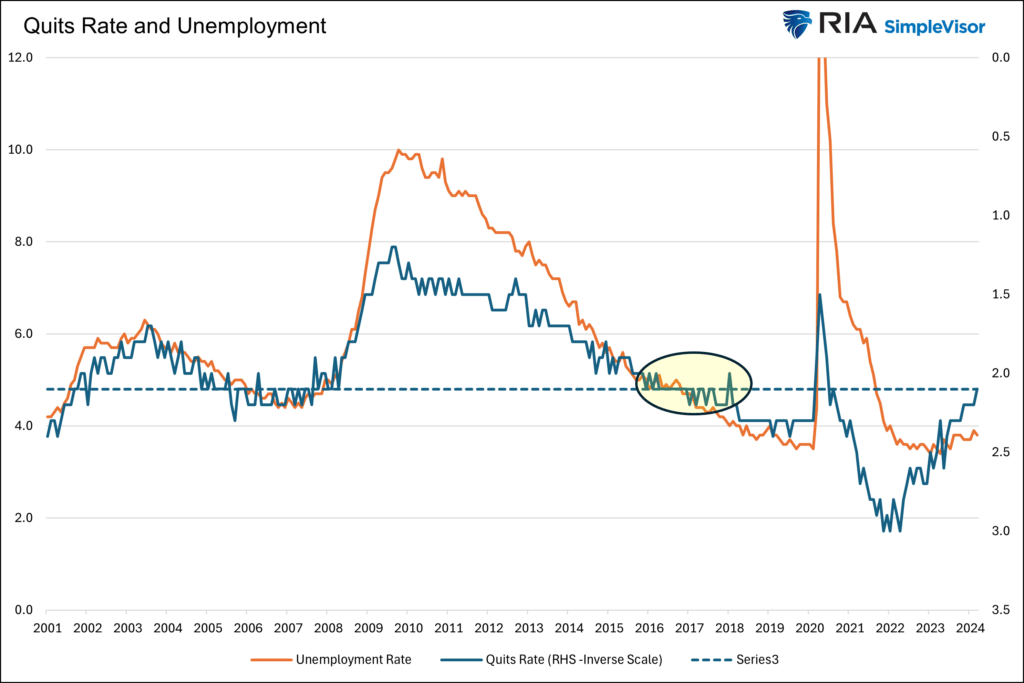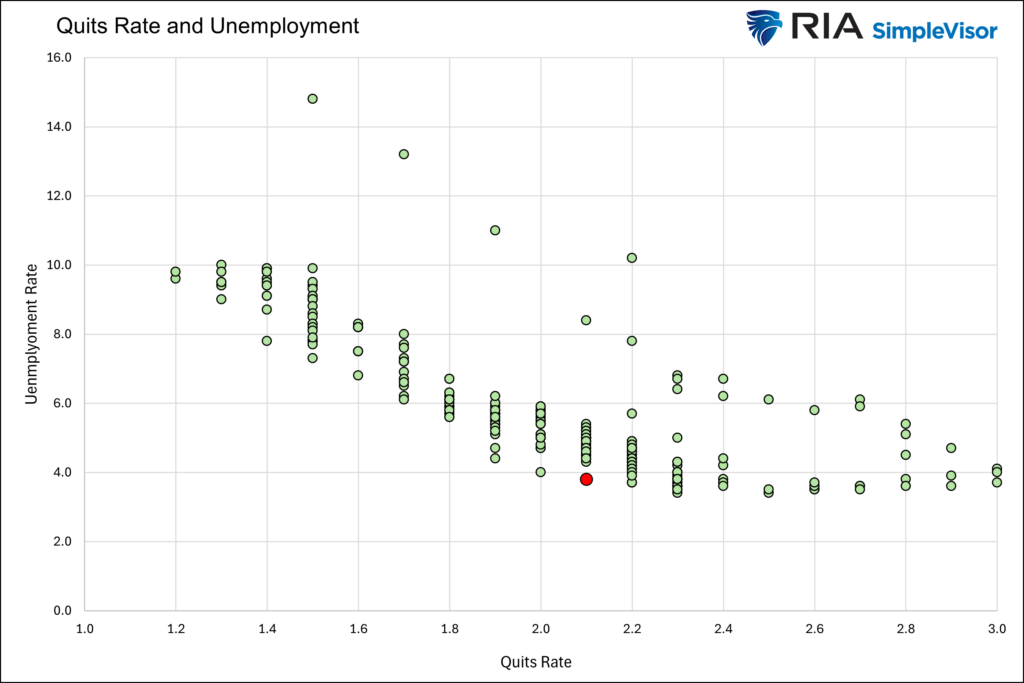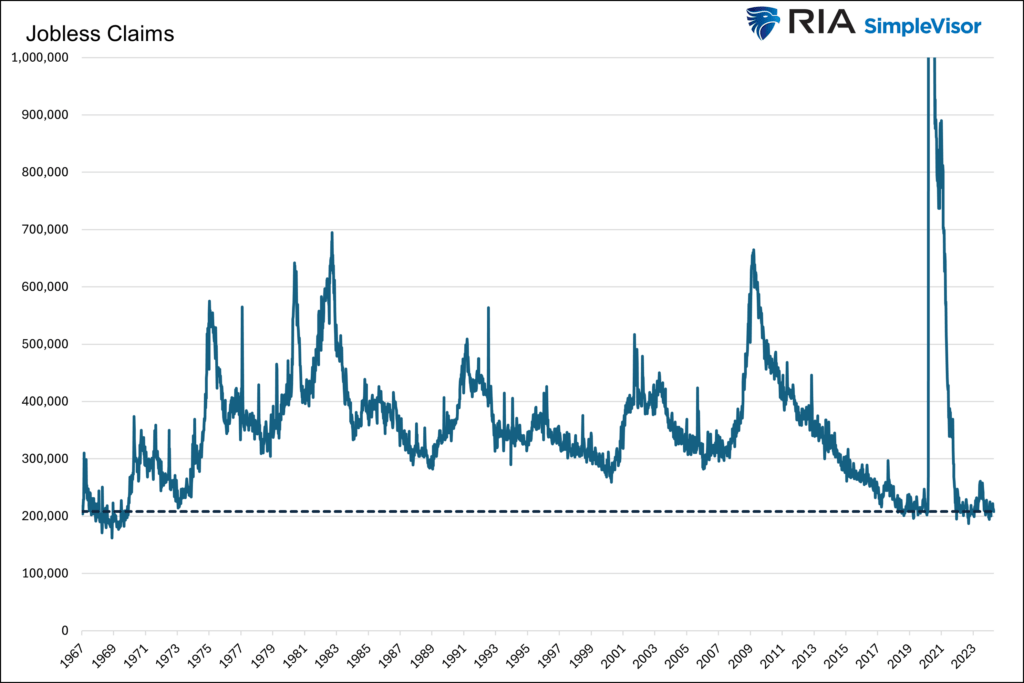Starbucks latest earnings report sends the message that consumers may finally be retrenching after a few years of spending above their means. Cheap luxury items are low in price by definition and include items that we do not necessarily need but are nice to have. When consumers have confidence in the economy and their jobs, they tend to reward themselves by consuming more cheap luxury items. Conversely, concerns about their job status or doubts about whether they will get a raise lead many consumers to tighten their wallets. For many consumers, cheap luxury items are the easiest items to cut back on when their confidence wanes.
Starbucks coffee is an excellent example of a cheap luxury item. It is relatively inexpensive, but the alternatives of making coffee at home or getting free coffee from the office are much cheaper. Starbucks shares fell 20% on Wednesday as their earnings were poor. The following statistics from Starbucks point to a more frugal consumer:
- Same-store sales fell 4%, and traffic fell 6% in the quarter.
- International same-store sales were down 6% versus expectations of a 1.4% gain.
- Starbucks lowered its revenue growth guidance from 7% to the low-single digits.
- Per Starbucks: “Most loyal customers are looking for discounts.”
What To Watch
Earnings
Economy
Market Trading Update
With the bulk of earnings season behind us, the market’s focus will return to economic data and the Federal Reserve. Today is the much-anticipated employment report and hourly earnings. While the Fed suggested they will not hike rates further, a much hotter-than-expected report suggesting “higher for longer” will negatively impact stocks and rates.
As discussed yesterday, the market continues to trade above the 100-DMA, establishing a pattern of higher lows. If the market can weather today’s employment report, it could set it up for a rally next week. Notably, we are beginning to build a pattern of price compression. A break out to the upside will likely lead to a retest of this year’s highs. A downside break will lead to a test of the 200-DMA. Unfortunately, the odds for either outcome are currently 50/50. Therefore, continue to manage risk accordingly until we can confirm the next direction for the market.
JOLTs Portends Higher Unemployment
The JOLTs report published by the BLS shows the labor market continues to normalize. The number of job openings fell to 8.488 million, well below the peak in 2022 but still above the pre-pandemic levels.
The quits rate, on the other hand, has fallen back to levels last seen in 2017. The quits rate is a good measure of employee confidence. When employees feel confident in finding a better-paying job, the quit rates tend to be higher. Conversely, the quits rate tends to be lower in a weaker labor market. The second graph below shows that the quits rate (on an inverse scale) and the unemployment rate are well correlated. As we circle, the last time the quits rate was at current levels, the unemployment rate was between 4.5% and 5%. The unemployment rate is 3.8% and has yet to increase with the quits rate.
The third graph shows the same data in scatter plot format. Again, the current instance is an outlier, arguing the unemployment rate may increase in the coming months. Further making the case for higher unemployment, the JOLTs hires rate is also below pre-pandemic levels.
But… Jobless Claims Points To A Strong Labor Market
Recent jobless claims data seem to conflict with our thoughts in the prior section on the quits rate and what it may portend for unemployment. Yesterday’s initial jobless claims were 208k. As we share below, the rate is historically low and does not show any signs of turning up. The data is weekly, so it is among the best real-time job data available, or so many think.
Based on a Bloomberg article entitled Why Jobless Claims Fail As A Recession Gauge, jobless claims may not be a good gauge of the jobs market. Per the article:
Jobless claims have been a reliable indicator in the past of loosening labor-market conditions — but not at the moment. That’s because a smaller share of today’s unemployed persons are eligible for benefits — and even among those eligible, fewer are applying for benefits that haven’t kept up with inflation.
The article estimates that 78% of unemployed workers are eligible for unemployment benefits; typically, the number is closer to 85%. Further, while people may be eligible, they may not file a claim as unemployment benefits have not kept up with inflation. The following paragraph highlights the situation in California, which accounts for 11% of the nation’s total employment.
In California, for instance, unemployment benefits have not been raised in two decades, with the state’s massive budget deficit a barrier to raising the payout. While the number of unemployed in California has increased by more than 40% since mid-2022 — the state’s unemployment rate reached 5.3% in March (from 3.8% in August 2022), highest in the US — jobless claims have been persistently flat.
The authors summarize as follows:
Bottom line: Weekly UI claims figures may overstate the labor market’s resilience. Given current low levels of the recipiency, eligibility and take-up rates, claims will likely continue to present a distorted picture even if the labor market deteriorates swiftly.
Tweet of the Day
“Want to achieve better long-term success in managing your portfolio? Here are our 15-trading rules for managing market risks.”



